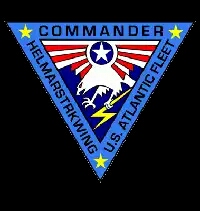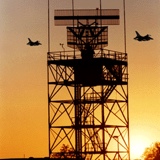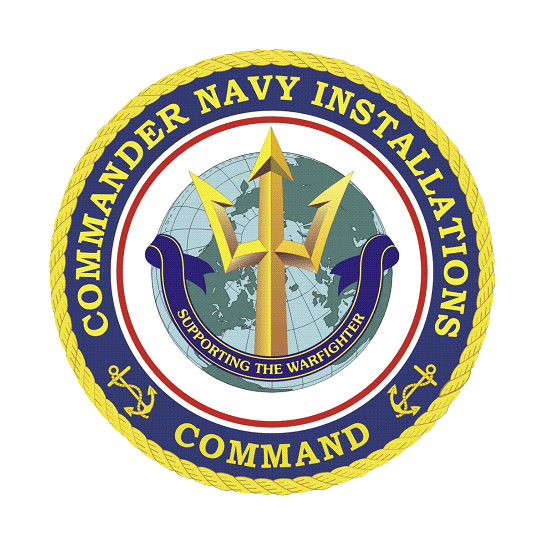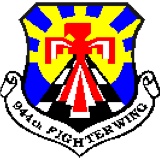Information
-
ORM Program Assessment
-
OPNAV 3502/3 (JAN 2010)
-
Unit/Activity/TYCOM
-
Date
-
Prepared by
-
Location
Administration/Training
-
Has the Command XO, Chief of Staff, or Civilian equivalent been designated as the ORM Manager?
-
Is OPNAVINST 3500.39B on hand or readily available?
-
Does the command have minimum required qualified ORM assistants (formerly ORM Instructors: One officer and one senior enlisted)?
-
Have ORM Assistant(s) trained command personnel, military and civilian, to a level commensurate with rank, experience and leadership experience and leadership position on ORM during past year?
-
Has the command included ORM in orientation training?
-
Does the command document ORM training in members' training records (paper or electronic)?
Implementation/Feedback
-
Has the command incorporated identified hazards, risk assessment and controls into briefs, notices and written plans?
-
Has the command conducted deliberate or in-depth risk assessments for new or complex operational evolutions during the past year, to include defining acceptable risk and possible contingencies (e.g. TRACS)?
-
Assess one or more evolutions using Evolution ORM Assessment Sheet or ORM process application.
-
Have any off-duty risk assessments been documented or controls implemented during the past year?
-
Does the command address the ORM process in safety, training and lessons learned reports, to include comments on hazards, risk assessments and effectiveness of controls?
-
Were hazards that could not be controlled or mitigated to acceptable levels reported to appropriate higher authority during the past year?
-
Have root causes of conditions that led to command missions failure been identified and actionable solutions implemented to prevent recurrence during the past year?
-
Has the command submitted ORM "lessons learned" or "best practices" externally during the past year (e.g. CON (N90F), Safety Gram, Hazard Reports, etc)?
Additional Comments
-
Comments











